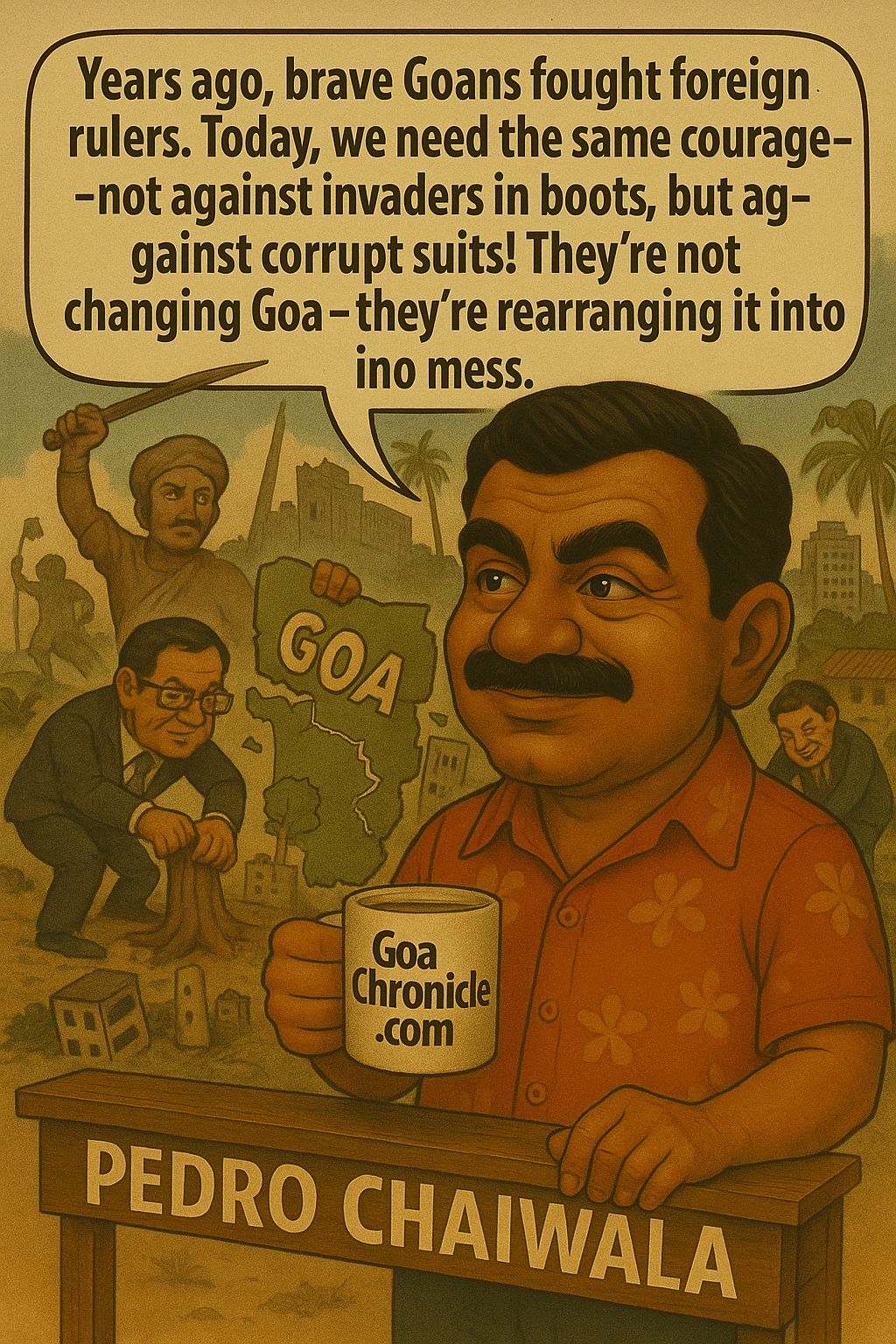The Vatican, a bastion of tradition and doctrinal stability, recently took a significant step that has reverberated through the corridors of the Catholic Church and beyond. In a move that challenges centuries-old norms, the Vatican has allowed priests to bless same-sex and unmarried couples. This seismic shift in pastoral approach has sparked a nuanced debate, pitting tradition against compassion and doctrine against inclusivity.
Tradition in Flux & Doctrinal Dilemma
The Catholic Church has long been seen as an unwavering institution, guided by age-old traditions and dogmas. The sanctity of marriage, defined as an “exclusive, stable, and indissoluble union between a man and a woman,” has been a cornerstone of Catholic teachings. However, the recent move signals a willingness to reassess these traditions in light of evolving societal perspectives. The doctrinal implications of this decision cannot be overstated. While the Vatican maintains that the blessing does not signify approval of same-sex unions and the traditional doctrine on marriage remains intact, the very act of blessing challenges established norms. This presents a delicate balancing act for the Church – how to extend pastoral care without compromising fundamental teachings.
Pastoral Shift & Ethical Dilemma
At the heart of this controversy lies the concept of pastoral sensitivity. The Vatican’s move reflects a recognition of the diverse realities of modern relationships. It acknowledges that individuals in same-sex and unmarried unions, despite not aligning with traditional teachings, seek spiritual support. This pastoral shift is an attempt to bridge the gap between doctrine and the lived experiences of the faithful. The ethical dimensions of this decision are complex. On one hand, proponents argue that it aligns with the principles of love, acceptance, and understanding advocated by Pope Francis. It is seen as a compassionate response to the needs of LGBTQ+ individuals and unmarried couples within the Church. On the other hand, critics express concern about potential doctrinal dilution and the risk of sending mixed messages about the Church’s stance on marriage.
Case-by-Case Pastoral Discernment
The Vatican’s insistence on case-by-case pastoral discernment adds a layer of complexity to the implementation of this new approach. While this recognizes the diversity of individual circumstances, it also opens the door to potential inconsistencies in how different priests and communities interpret and apply the guidelines. The question of how much flexibility should be allowed within a doctrinal framework remains unanswered.
Challenges to Conservative Views
For conservative factions within the Church, this move is perceived as a departure from established norms. The emphasis on mercy and pastoral care, rather than outright condemnation, challenges a more rigid interpretation of Catholic teachings. It prompts a reassessment of the Church’s role in addressing the evolving needs of its members while staying true to its foundational beliefs.
LGBTQ+ Rights & Church Inclusion
From a broader societal perspective, the Vatican’s decision can be seen as a step toward acknowledging the rights and dignity of LGBTQ+ individuals. While the limitations placed on the blessings prevent them from being construed as formal marriages, the symbolic recognition within a religious context carries significance. It raises questions about the evolving role of the Church in fostering inclusivity and acceptance.
Unexplored Facets of the Vatican’s Decision
While the Vatican’s action has been lauded as a progressive step toward inclusion, critics contend that it falls short of addressing the whole range of LGBTQ+ concerns. Critics within the Church and advocacy organizations argue that the blessings are still limited and cannot be performed as part of official liturgical rites. This limitation raises concerns about the extent of welcome and if the Church is actually prepared to embrace the LGBTQ+ population without hesitation.
The demand for case-by-case pastoral discernment adds subjectivity, which might lead to diverse parish practices. Different priests may interpret the principles differently, resulting in a patchwork of customs between communities. This decentralization of decision-making may lead to contradictions, leaving both clergy and congregants to debate how much flexibility should be provided within the established theological framework.
The theological roots of the Vatican’s decision deserve additional scrutiny. While the Church maintains that the blessing does not endorse same-sex relationships and reaffirms its adherence to traditional marriage beliefs, theologians and academics remain divided. Some believe that the act of blessing implies a certain amount of acknowledgement and acceptance, which might undermine the fundamental underpinnings that the Church wants to defend. This theological issue highlights the difficulty of striking a careful balance between compassion and doctrinal integrity.
The global response to the Vatican’s decision varies, reflecting the varied cultural contexts in which Catholicism is practised. In more progressive places, the move is greeted with joy and viewed as a positive step toward a more inclusive Church. However, in more conservative circles, the decision may face opposition, emphasizing the complex interplay between religious doctrine and cultural beliefs. The Vatican’s efforts to handle these cultural sensitivities present both a challenge and an opportunity to create unity across the global Catholic community.
Conclusion
The Vatican’s decision opens the door to further conversation within the Church about inclusion, diversity, and changing societal norms. This conversation goes beyond same-sex blessings to include wider debates on women’s roles, acceptance of divorced people, and other current societal challenges. As the Church deals with these complicated dynamics, it faces the continuous problem of sustaining unity while embracing the many opinions of its large and diverse flock.
The Vatican’s decision to bless same-sex and unmarried couples is a bold step that acknowledges the complexity of modern relationships, as well as the friction between tradition and the faithful’s changing demands. This judgment sparks a larger discussion about the intersection of doctrine, pastoral care, and societal changes, changing the future of one of the world’s oldest organizations. The decision has the potential to spark new complexities, problems, and transformations within the Catholic Church and its connection with the rest of the world. Nevertheless, the decision aims to bridge the gap between doctrine and the lived experiences of the faithful.
However, the ethical dimensions surrounding this decision are complex, with concerns about potential doctrinal dilution and mixed messages on the Church’s stance on marriage. The case-by-case pastoral discernment adds another layer of complexity, raising questions about the extent of flexibility within the doctrinal framework. Challenges to conservative views highlight tension within the Church, as this move is perceived as a departure from established norms. The emphasis on mercy and pastoral care challenges rigid interpretations of Catholic teachings, prompting a reassessment of the Church’s role in addressing the evolving needs of its members while staying true to foundational beliefs.
































